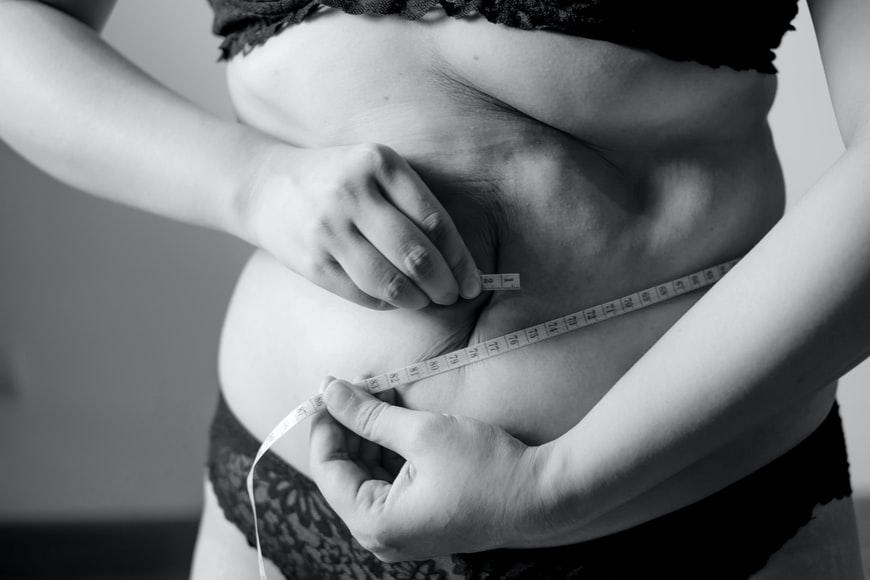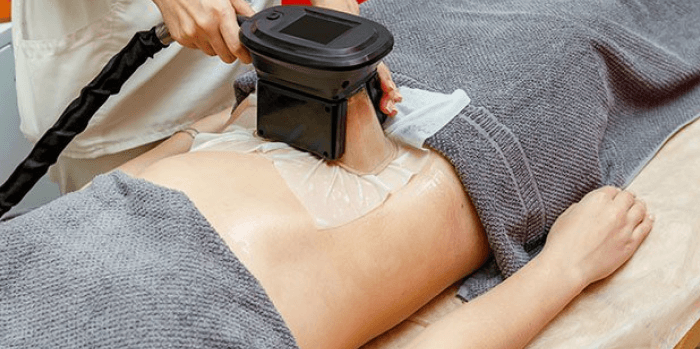All You Need To Know About Coolsculpting
With weight loss being one of the most sought-after trends in today’s society, CoolSculpting has changed over the years into a modern and safe option in cosmetic surgery options.
CoolSculpting is a non-invasive body sculpting technique that aims to remove fat cells from targeted areas in the body by freezing. This process of freezing fat cells underneath the skin is known as cryolipolysis.
This technique is popular as it is non-invasive and used in major common areas such as the thighs, abdomen, and upper arms. The belly and the back are also common areas where CoolSculpting is done. This technique should be done in the presence of a qualified physician.
CoolSculpting is suitable for patients looking for mild fat reduction techniques. Cryolipolysis has been seen to reduce the presence of fat cells by around 25% after six months of treatment. Treatment in the targeted areas is categorized according to size. For instance, smaller areas such as the chin will require lesser treatments than the back or abdomen. CoolSculpting targets fat cells in areas that cannot be eliminated through natural fat reduction methods.
How do I qualify for CoolSculpting?
CoolSculpting is not an obesity treatment, but rather a technique in which stubborn fat cells are reduced. These stubborn fat cells are those which are not able to be lost by dieting or exercising. CoolSculpting is FDA approved and therefore suitable for both cosmetic and medical use to get rid of fat bulges in sensitive areas.
To know whether one qualifies for CoolSculpting, an initial consultation is needed in which the cosmetic surgeon will assess the individual for possible health conditions. The consultation will seek to understand different body types and evaluate whether a candidate is best suited for the procedure.
The practitioner will consider how thick the skin is before commencing treatment. The quality of the skin will determine how well it will bounce back when the excess fat is removed. Thick skin will make it harder for the results to be visibly seen after a few sessions. Therefore, thin and loose tissue provides the perfect candidate for CoolSculpting.
Although CoolSculpting is ideally safe for all normal skin types, patients with underlying health conditions should first seek clearance from their physician. For instance, patients who have had previous surgeries or are susceptible to allergies should advise the practitioner before the treatment.
How it works

After the consultation, the cosmetic surgeon will prepare the area to be treated by applying a topical cream or gel pad that will create a barrier between the applicator and the skin.
The treatment causes the fat cells underneath the skin to die. These are eliminated from the body through natural processes. This happens so seamlessly that the patient is not able to know when the fat cells are gotten rid of. As fat cells are bound to be affected by cold temperatures more than the surrounding cells in the body, the probability of damaging other cells is almost nonexistent.
The cosmetic surgeon or practitioner will then employ an applicator on the targeted area, where the client will feel a cooling sensation due to the cold temperature being applied on the skin. The patient will feel a smooth cooling sensation over the skin as the applicator is passed on to the body.
Some patients have sensed a sucking, pulling or tugging feel when the applicator is passed over the skin. However, as the targeted area becomes numb, the patient isn’t able to feel these sensations. After treatment, the area will experience temporary itchiness, numbness, redness, or swelling. This goes away after a few hours.
After the applicator has been passed all through the targeted area, the practitioner or cosmetic physician will gently massage the area to facilitate the reduction of fat by employing pressure on them so they break apart.
This process will ensure for around thirty to forty minutes. The patient is required to have several treatment sessions before being able to view any visible changes. However, as bodies are different, some patients have noted reduction even after one treatment session. Multiple treatments can be done during one session, which will require more time in the clinic.
The fat cells leaving the body should take a period of four to six months, with which the patient will have recorded a 25% decrease in fat deposits on the targeted area. Patients do not require downtime after treatment and can go on about their normal life.
The cost of CoolSculpting
The cost of CoolSculpting hugely depends on the treatment area. Large areas will cost significantly higher than smaller ones. For instance, small areas such as the jaw or chin area will require around $700 to $900 per session.
The location of the CoolSculpting clinic and the number of treatment sessions required also affect the general costing of the procedure. For instance, one session can cost around $750 to $2000, while different areas cost from $2000 to $5000, depending on the practitioner’s level of expertise.
Things to consider
CoolSculpting is not a weight-loss treatment program. Therefore, patients are advised to maintain healthy and sustainable habits of living to ensure that fat deposits do not return to not only the treated area but all through the body.
Most insurance companies do not cover cosmetic treatments. Therefore, it is advisable to check with your insurer to see any benefits associated with the treatment. Most clinics that offer CoolSculpting also offer suitable and sustainable payment plans which help patients pay in installments until the end of their treatment sessions.
When targeting multiple areas for the procedure, the patient can consider dual sculpting, which ensures that the practitioner can focus on more than one area at a time. This enables even results, thus a faster process.
The effect of CoolSculpting varies from patient to patient depending on their goals. Therefore, having this in mind will help quell unrealistic expectations but focus on individual goals and treatment plans.
Read Also:








